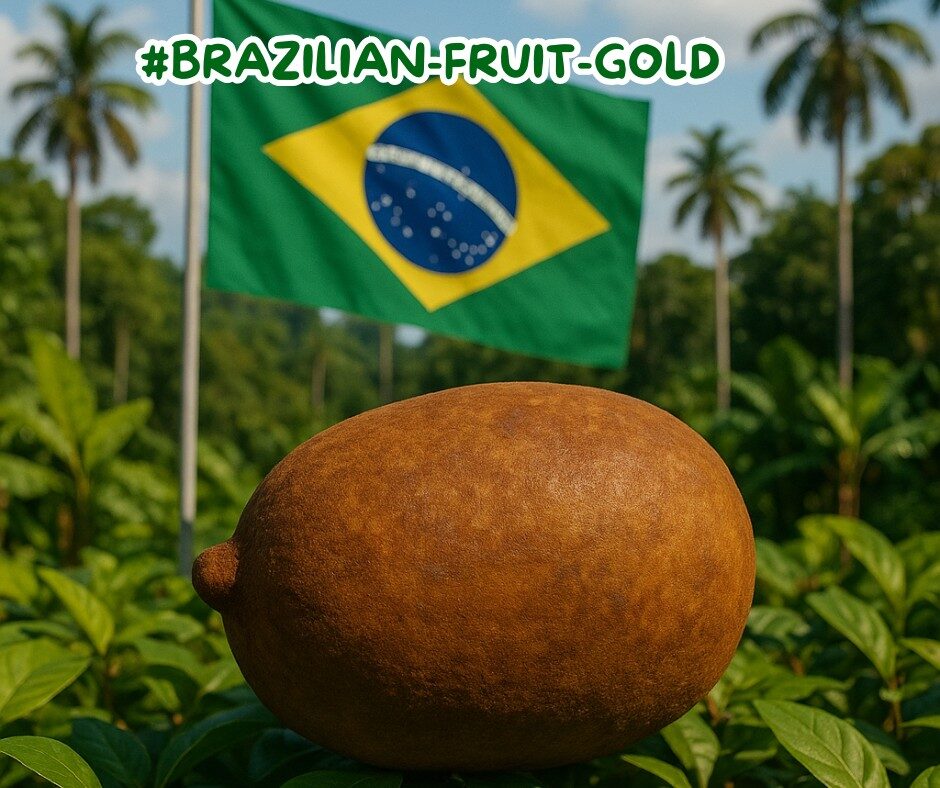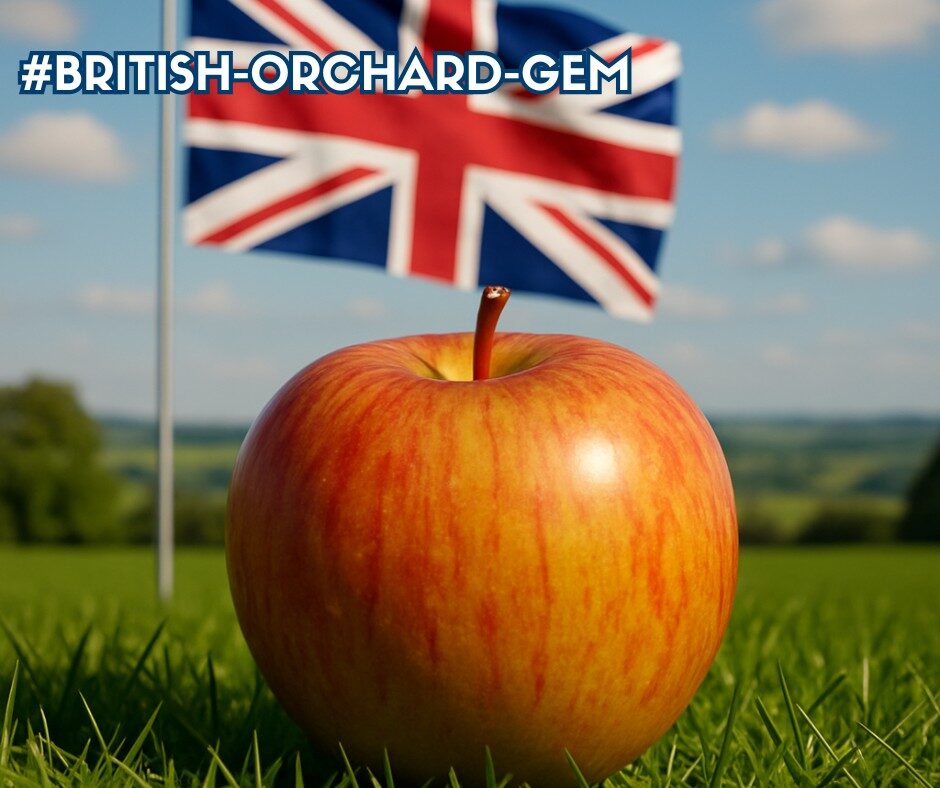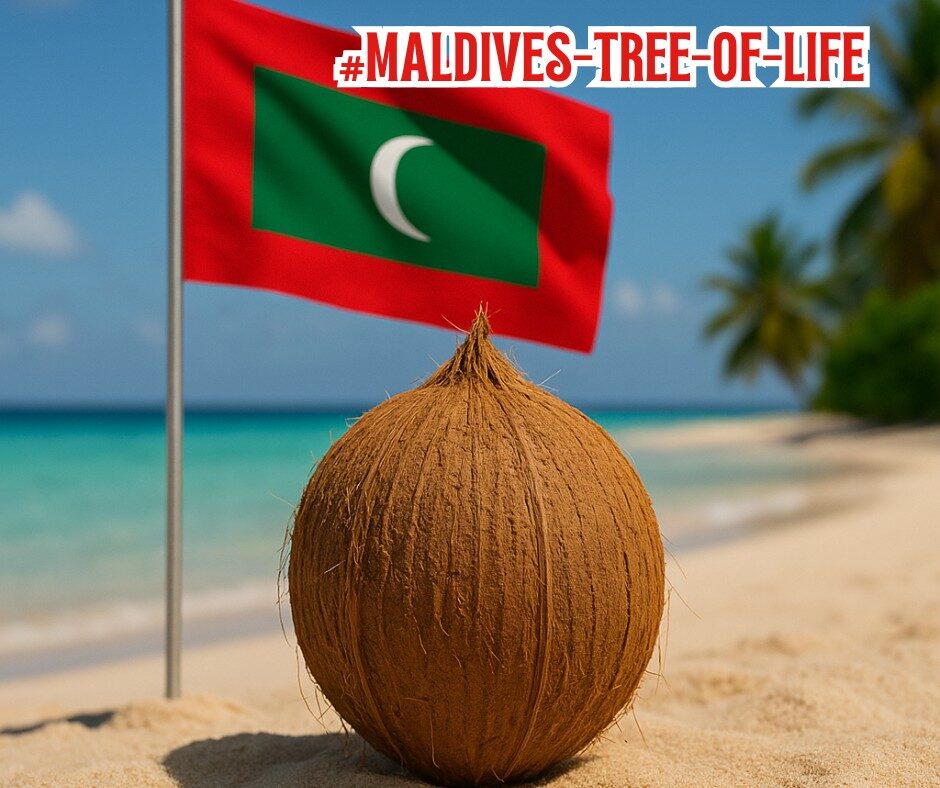by Dr. Marli Botha
You will get the most health benefits and protection against disease if you eat a wide variety of fruits and vegetables. Most dietary guidelines recommend that adults eat at least five kinds of vegetable and two kinds of fruit every day. Foods of similar colours generally contain similar protective compounds. Try to eat a rainbow of colourful fruits and vegetables every day to get the full range of health benefits…
Fruit and vegetables fall into five different colour categories: red, purple/blue, orange, green and white/brown. Each colour carries its own set of unique disease fighting chemicals called phytochemicals. It is these phytochemicals that give fruits and vegetables their vibrant colour and of course some of their healthy properties.
Red foods – like tomatoes, raspberries and red apples. These contain lycopene, which is thought to be important for fighting prostate cancer and heart disease
Orange Yellow Foods – Carotenoids give this group their vibrant colour. A well-known carotenoid called Betacarotene is found in oranges, mangoes and carrots. It is converted to vitamin A, which helps maintain healthy mucous membranes and healthy eyes. Another carotenoid called lutein is stored in the eye and has been found to prevent cataracts and age-related macular degeneration, which can lead to blindness.
Green foods – like green apples and kiwi. Chlorophyll gives green fruits and vegetables their color. Some of these fruits and vegetables also contain indoles, which may lower your risk for cancer, and lutein, which helps prevent problems with your vision. Other common nutrients in many of these fruits and vegetables include vitamin A, vitamin C, vitamin K and folate.
Blue and purple foods – This color is due to the fruit’s anthocyanin content. Anthocyanins are antioxidants that provide numerous heart healthy benefits. The darker the blue color, the higher the concentration of phytochemicals in it. Go in for blueberries, eggplants etc. for getting Anthocyanins. Blueberries are especially known for their very high antioxidant levels. Other fruits containing Anthocyanins include: pomegranates, blackberries, plums, prunes etc.
White foods – does not mean crackers, cookies, and breads. White and brown produce may not be as brightly colored as other foods, but they still are a healthy choice and have phytonutrients. Cauliflower is some cruciferous vegetable rich in an anti-cancer compound called sulforaphane. Garlic and onions are in the allium family of vegetables and contain the powerful cancer-fighting compounds allicin and quercetin. And phytonutrients in white button mushrooms have been found to inhibit aromatase activity and breast cancer cell proliferation.




